ZeroWater 10 Cup Water Filter Pitcher In-depth Review
The ZeroWater 10-cup filter pitcher has an effective filter and some cool features, but it falls short in a number of ways.
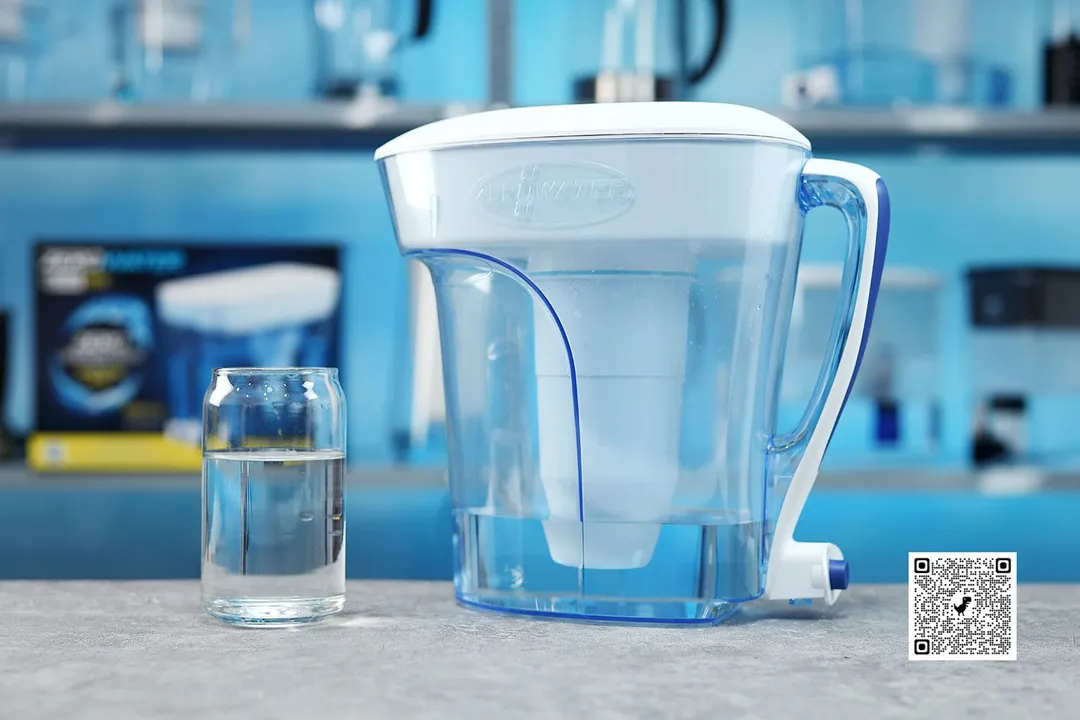
Overall Verdict
The ZeroWater filter pitcher has a good filter. The filtration flow rate is slower than some, but it did bring the TDS level to zero in our tests, which is rare. Other than the spigot, which is an uncommon but much appreciated feature on a 10-cup pitcher, the ZeroWater 10 fails miserably in overall design. The filter reservoir felt flimsy and had considerable excess plastic or flash that we wondered if it had skipped quality control. Refilling water, pouring, and replacement all require more effort than other filter pitchers.
In short, it’s not a bad filter pitcher, but it definitely is not among our top picks.
Things We Like
- Strong TDS removal
- Included TDS meter
- Spigot for easy dispensing
Things We Don’t Like
- Slow flow
- Poor build quality (filter tray)
ZeroWater is a relatively new brand of water pitcher, with Zero Technologies LLC, being founded in 2003. The brand prides itself on providing filter pitchers that remove “virtually all dissolved solids”, and each product comes with a TDS meter to prove the point.
The ZeroWater 10-cup pitcher is one of their top-selling products. The filter boasts to remove 99% of lead and chromium, 92% mercury, 94% PFOA/PFOS, with NSF/ANSI standards 42 and 53 certifications under its belt. For all the claims, the price is very competitive.
Will it provide the “purest water” as advertised, and will you have to go through pain to get there? Join us as we put the filter pitcher through performance and usability tests.
Key Specs
Where to Buy Price at publication $34.98
*You help support HealthyKitchen101's product testing and reviews by purchasing from our retail partners.
Compared to Other Water Filter Pitchers
4.3 Performance
While it’s not as effective as most others in chlorine removal, the filter stays true to its name: it did bring the TDS level to zero every time in our tests. Note that it’s also one of the rare filters certified against NSF standard 53 to remove lead, mercury, and chromium. The water tasted and smelt bland, leaning to the acidic side. This, we postulate, could be due to the removal of all dissolved solids.
6.0 Chlorine
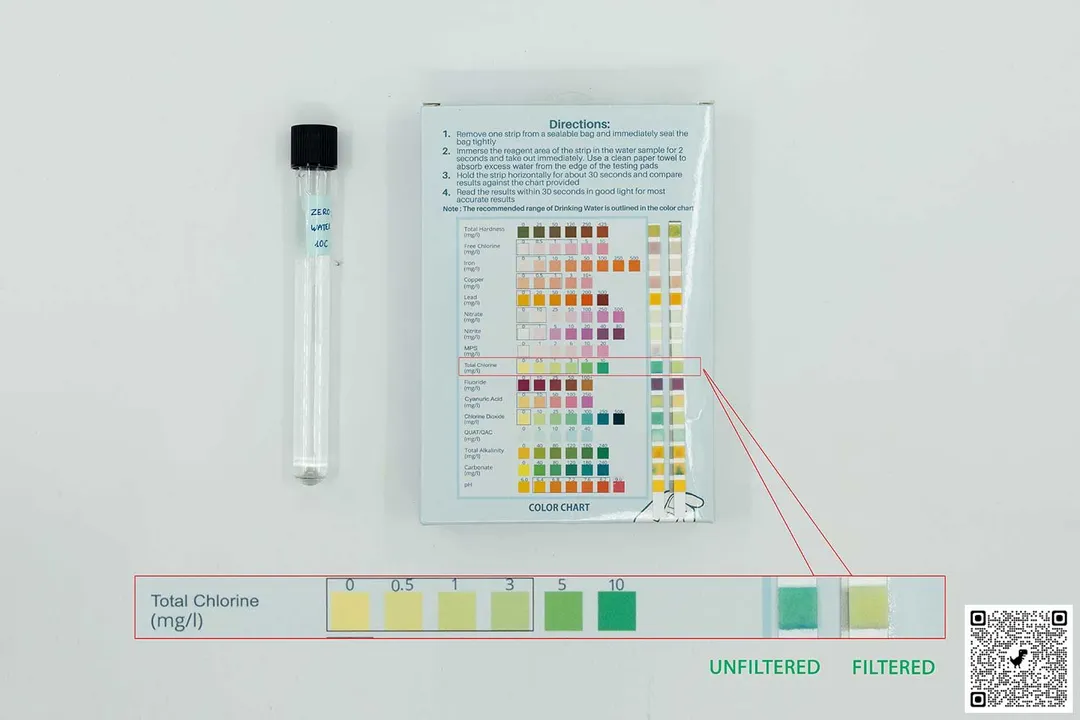
The ZeroWater pitcher reduced the free chlorine level down by 8 ppm in our test. That’s more than effective enough if you’re filtering tap water, which in theory should not have more than 4 ppm chlorine.
Compared to most other filter pitchers we’ve tested, however, this is a rather mediocre performance. The Brita Marella, for example, brought the concentration down to 1 ppm, while the Aquagear went even further to 0.5 ppm.
1.0 Flow Rate

The ZeroWater filter takes a while to process water. Its complex filter (that promises to also remove lead) was slow ever from the start, and due to the reduced pressure, the speed got even worse.
At this flow rate, this pitcher only works if you fill it ahead of time (maybe half an hour before drinking) and even so, it only gives enough water for two to three people at a time.
9.0 Taste & Smell
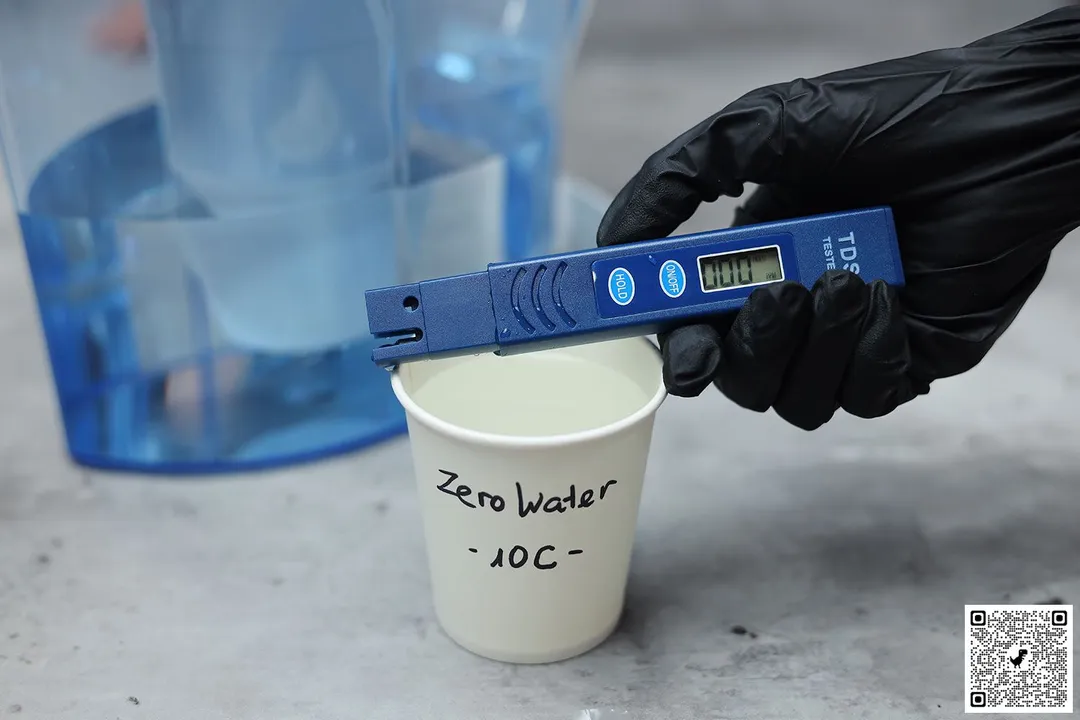
True to advertising claims, the ZeroWater pitcher brought the TDS level in tap water from 70 ppm to 0. We’ve tested this a few times with tap or bottled mineral waters of different TDS levels, and the pitcher returned a 0 every single time.
A low TDS level is not necessarily the best since the dissolved solids could be healthful essential minerals. However, if that’s what you’re looking for, you can rely on this filter to do the job.
Even though it’s not the most effective at filtering out chlorine, the water filtered by the ZeroWater pitcher has no smell and a crisp taste. When compared with water processed by other filters, however, its lack of the subtle ‘sweetness’ seemed obvious. This is likely because it strips the water off of TSD, leaving it a little more acidic than natural water.
7.5 Design
The ZeroWater pitcher looks sturdy from the outside and has a well-built, solid filter, but the filter reservoir and filter case have a poor finish. Instead of filter life indicators, you can rely on the included TDS meter for replacement time.
The spigot is a nice touch that gives it some advantage against filter pitchers of the same capacity.
In the Box

- The ZeroWater 10 cup water filter pitcher
- 1 x TDS meter
- 1 x filter core
- 1 x user manual
The ZeroWater 10 cup pitcher comes in a cardboard box with the user manual printed right on the box—we love this idea since it’s practical and saves hunting for manuals or trouble shooting online.
Dimensions

6.5 Build Quality
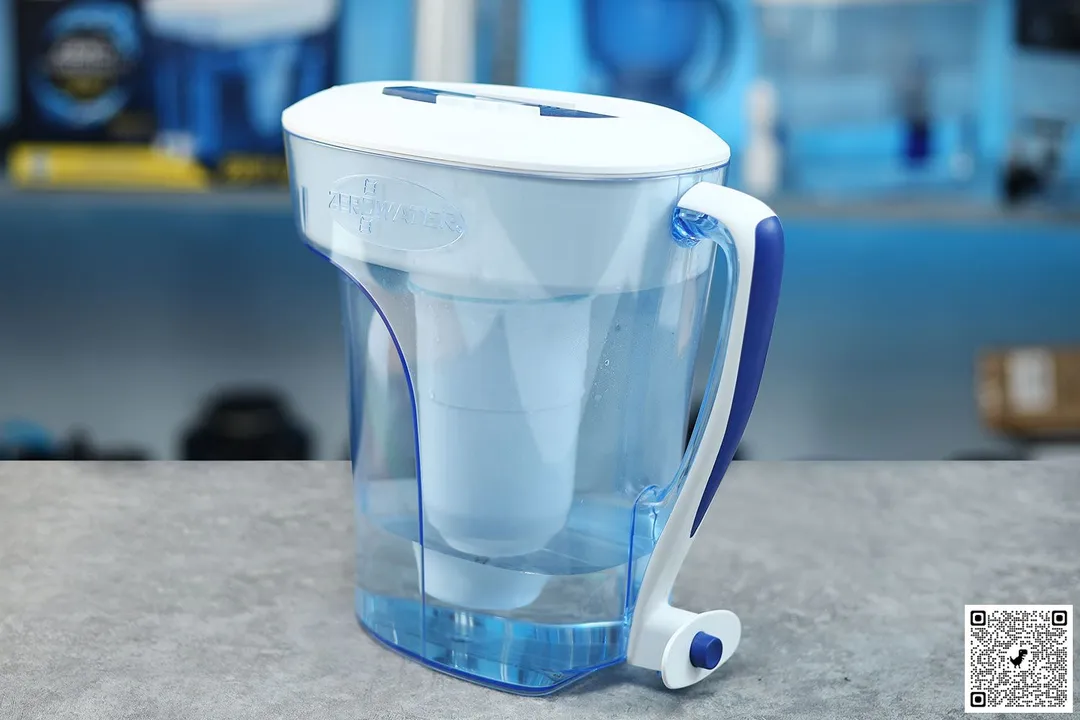
The ZeroWater 10 cup pitcher has a firm handle, robust thick plastic walls, and well-fitted parts. The filter tray inside, however, seems cheaply made with a poor finish—you can see lots of untrimmed flash around the rim. It's a consolation anyway that it’s BPA-free!
8.0 Conveniences
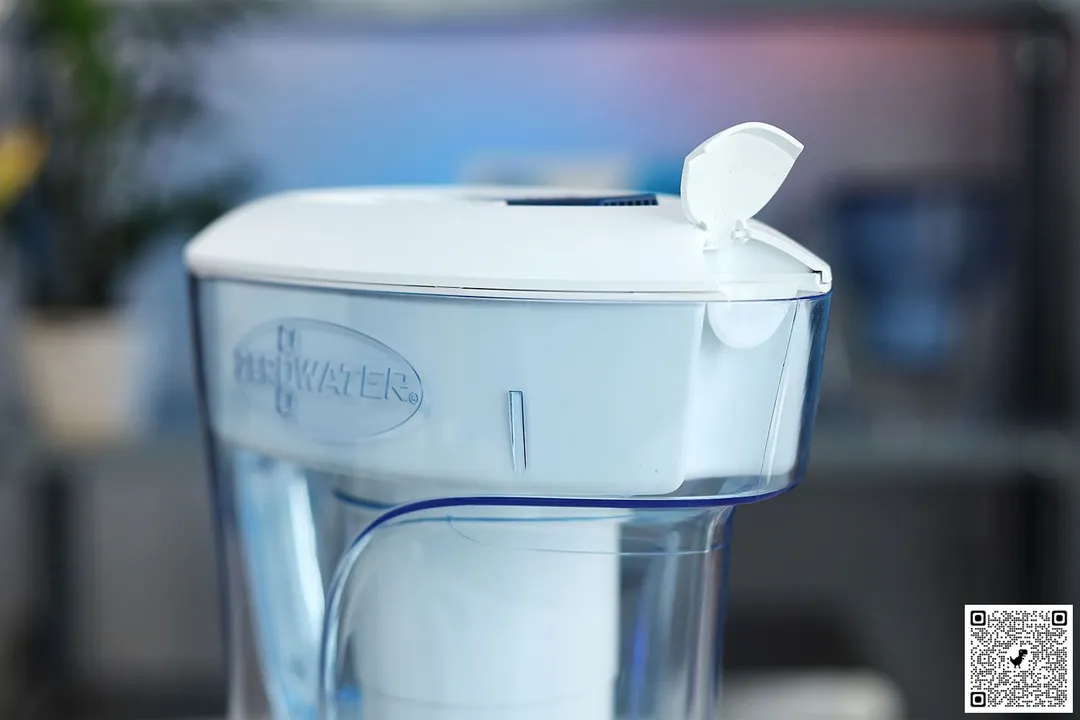
The ZeroWater pitcher offers a unique way to tell the replacement time. Instead of a replacement indicator, you can use the included meter to track the filtered water TDS levels. You just replace the filter once it exceeds your preferred level. While the manufacturer suggests changing the filter at 6 ppm TDS, it's worth noting that most other filters maintain a TDS value above 50 for filtered water.
Although the 10 cup pitcher is not too heavy or bulky to pick up for most adults, it features a spigot right under the handle, which may be helpful for children or those with weak arms.
8.0 Filter
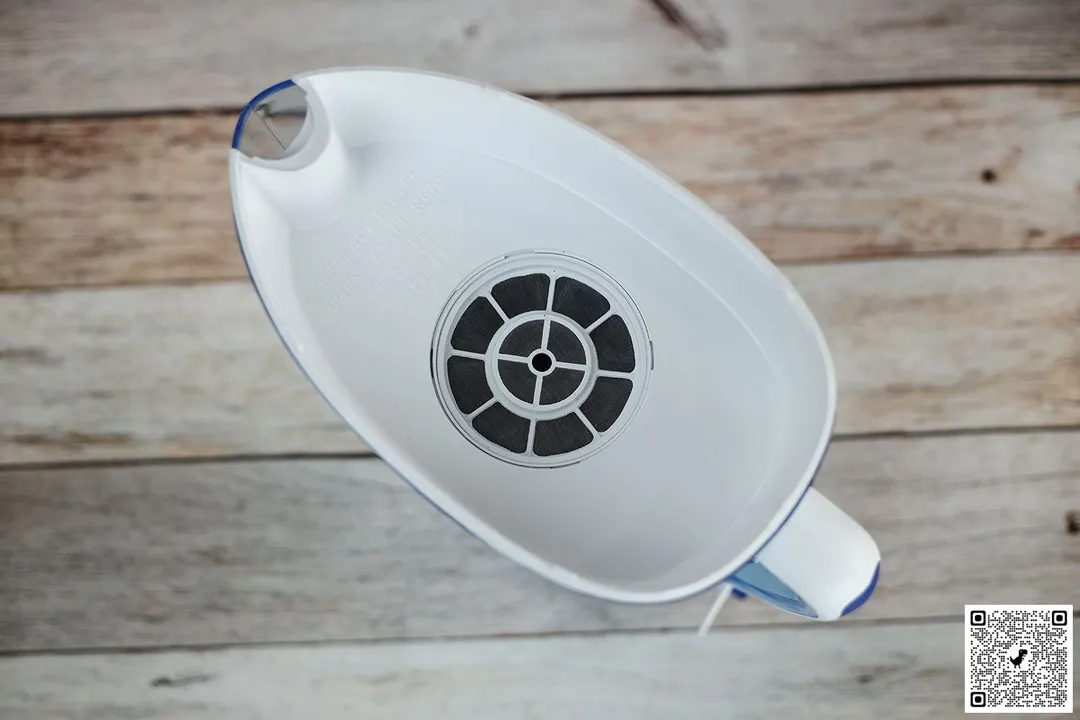
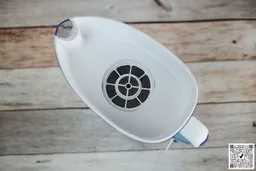
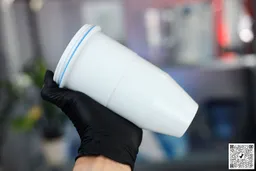
The ZR-017 filter is larger and heavier than most, but it’s also one of the few that’s certified against NSF standard 53 which specifically reduces heavy metals like lead, chromium, and mercury. The filter itself is sturdy, but the filter tray is thin and flimsy, so putting them together can feel a bit tricky.
Once the filter is secured, you’re good to go. Water will not pass through it unfiltered. With layers of foam and mesh, it doesn’t leak material into the water like some other filters do. The filter can become clogged with air bubbles if you leave it dry for a few days—this happened to us, but some soaking brought it right back to work.
6.7 Usability
The ZeroWater filter pitcher has some major design flaws, which affects the ease of use. Its flimsy filter tray makes it awkward to install the filter, and the lack of a trap door means refilling requires completely removing the lid. While the pitcher has a 10-cup capacity on paper, you can’t technically fill it without draining the filtered water.
6.0 Assembling
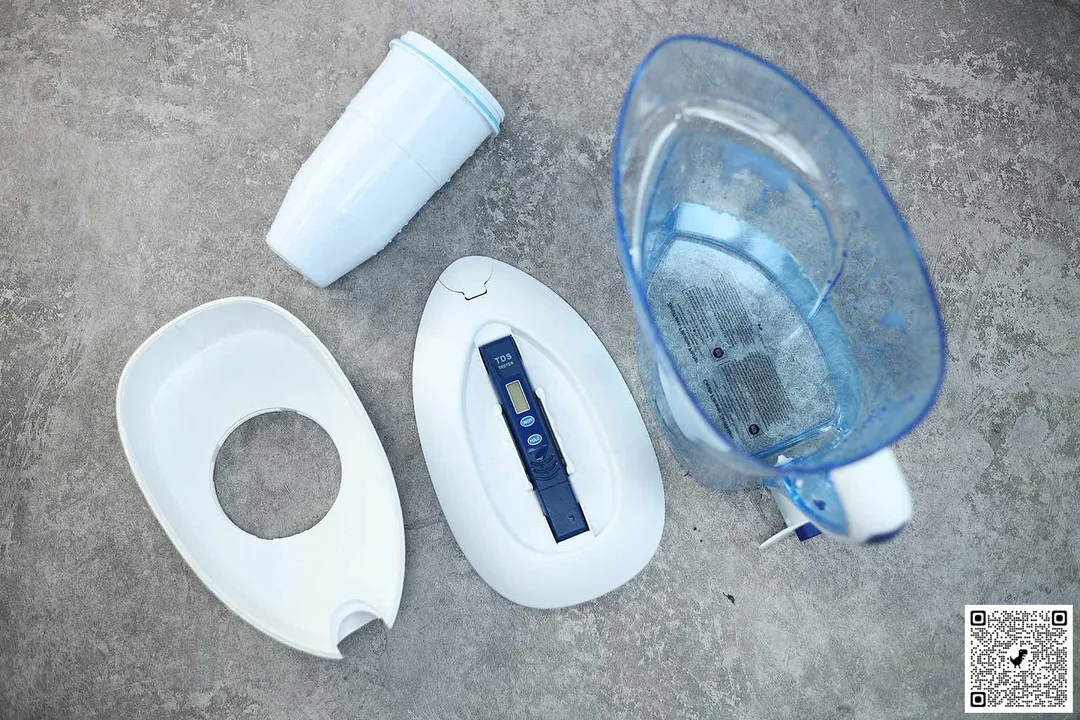
The ZeroWater filter pitcher has an intuitive enough design, but in practice it falls short.
Most of the issues are in the upper parts of the pitcher. The lid comes with a holder for the TDS meter that also serves as a grip. However, it is awkward to hold, so we had to resort to lifting up the spout cover to remove the lid. The lid is made of a hard plastic and has sharp points that may poke your skin if you accidentally touch it.
The filter is attached to the bottom of the filter tray or reservoir. The problem is while the filter itself is heavy and bulky, the tray is flimsy and way too flexible, making it difficult to twist and put them together. We felt like we may break the tray at any time when trying to attach and detach the filter.
5.5 Refilling
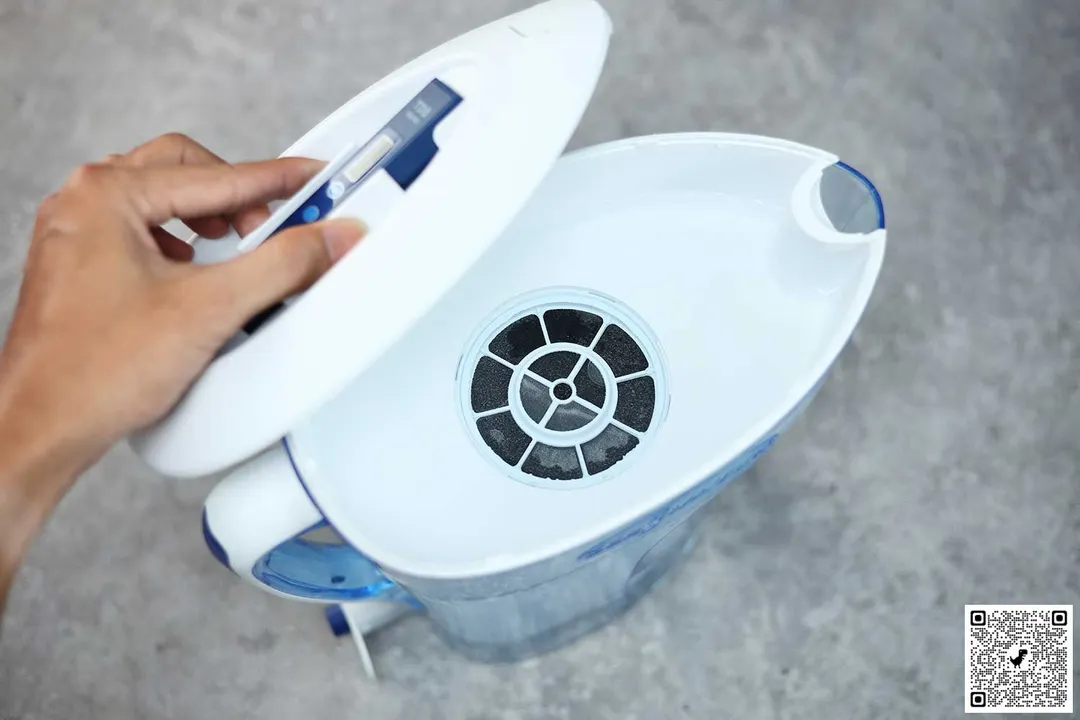
The ZeroWater is relatively new on the market, so it was a surprise that it doesn’t feature a trap door in the lid for refilling like most other current models. You have to remove the lid (and put it somewhere clean) for refilling. With a large filter, it can be quite heavy. Don’t expect to be able to casually hold it at the sink like you do with other pitchers.
The flow rate is slow to start with, and it drops to near zero after refilling the reservoir due to reduced pressure. It takes quite a long time for the pitcher to reach its maximum capacity after that. The flow rate improves as soon as you empty the pitcher; however, we feel most people probably have better hobbies than babysitting a filter pitcher, filling and draining it.
8.0 Dispensing
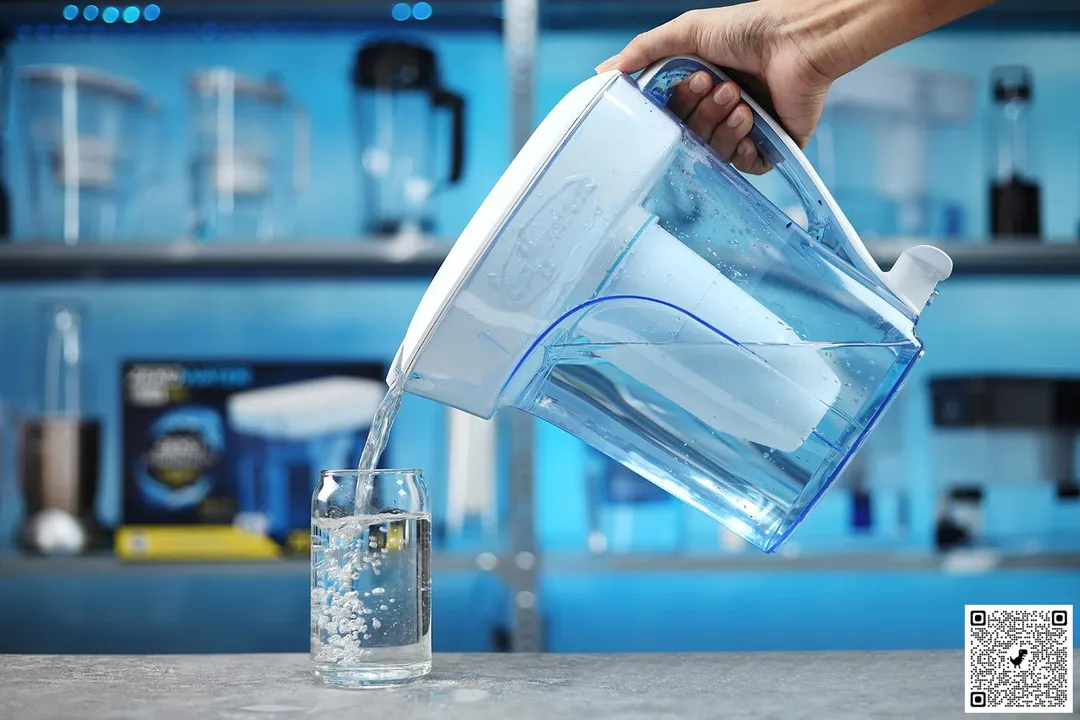
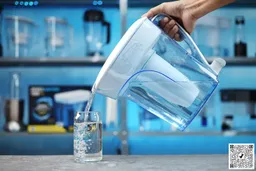
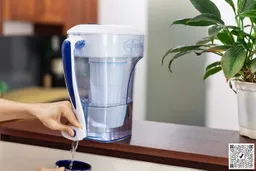
Getting water when the reservoir is empty is simple—you just pour through the spout or use the spigot. As long as there’s still water in the reservoir, it’s advisable to only use the spigot because the lid and spout cover often don’t hold up resulting in a mess. We like that the spigot is placed right under the handle, allowing you to dispense water while the pitcher is in the fridge.
6.0 Cleaning

The ZeroWater filter pitcher is not machine-washable, but it’s not exactly haswashing-friendly either. Watch out for the flash and sharp angles on its lid and reservoir to avoid hurting yourself. Other than that, the lack of tricky nooks and crannies means this filter pitcher is pretty simple to clean.
Behind the review
Anh Ngo is a writer with 9 years experience at different media outlets, covering from public news and events to product testing and analysis. At HealthyKitchen101, she works across different departments, communicating closely with its network of writers, editors, and health, tech, and search engine experts to provide a meaningful and pleasant reading experience for visitors.
Lap is Head of the Research, Testing, and Review Team (RTR Team) at HealthyKitchen101.com, where he directs and supervises the testing of kitchen gadgets and appliances.
Nguyen Ntk is a graphic designer, photographer, and videographer whose philosophy centers around respecting and celebrating the beauty of reality. Through his lenses, Nguyen strives to capture the true essence of objects and events, showcasing and highlighting authentic features without distortion or exaggeration.


